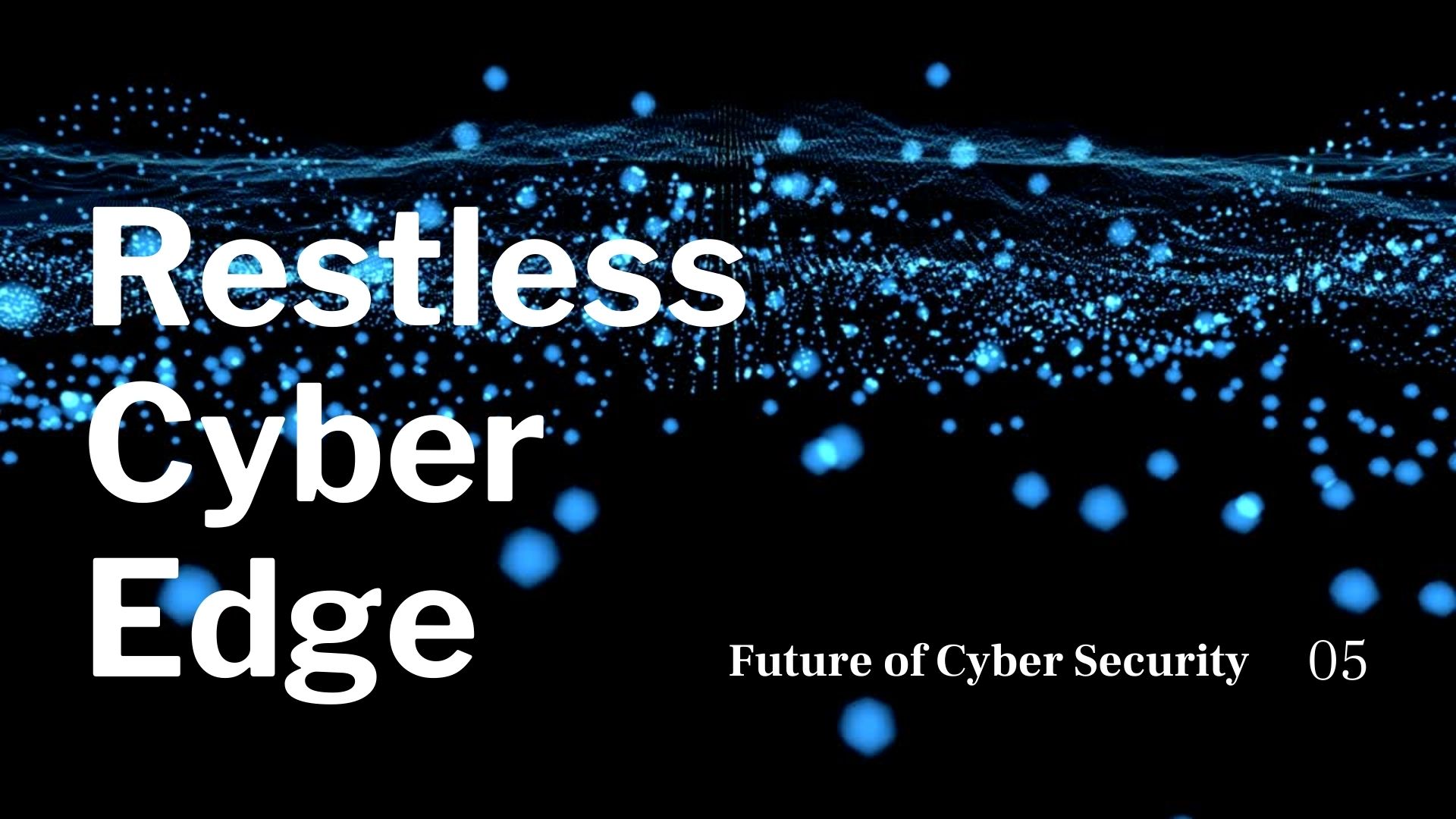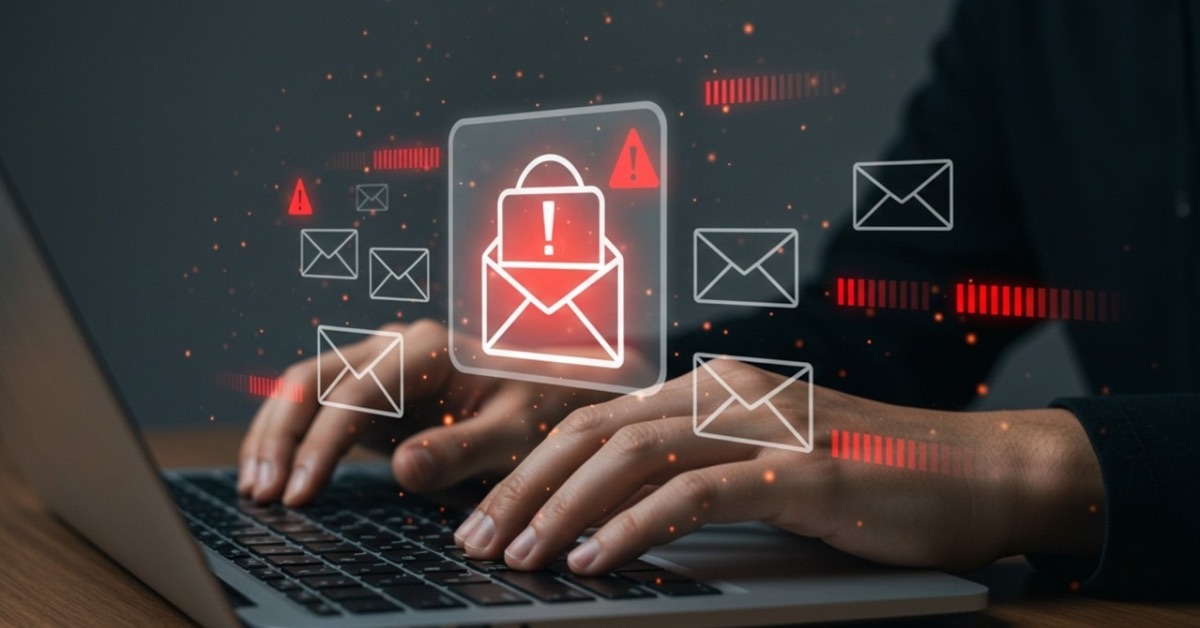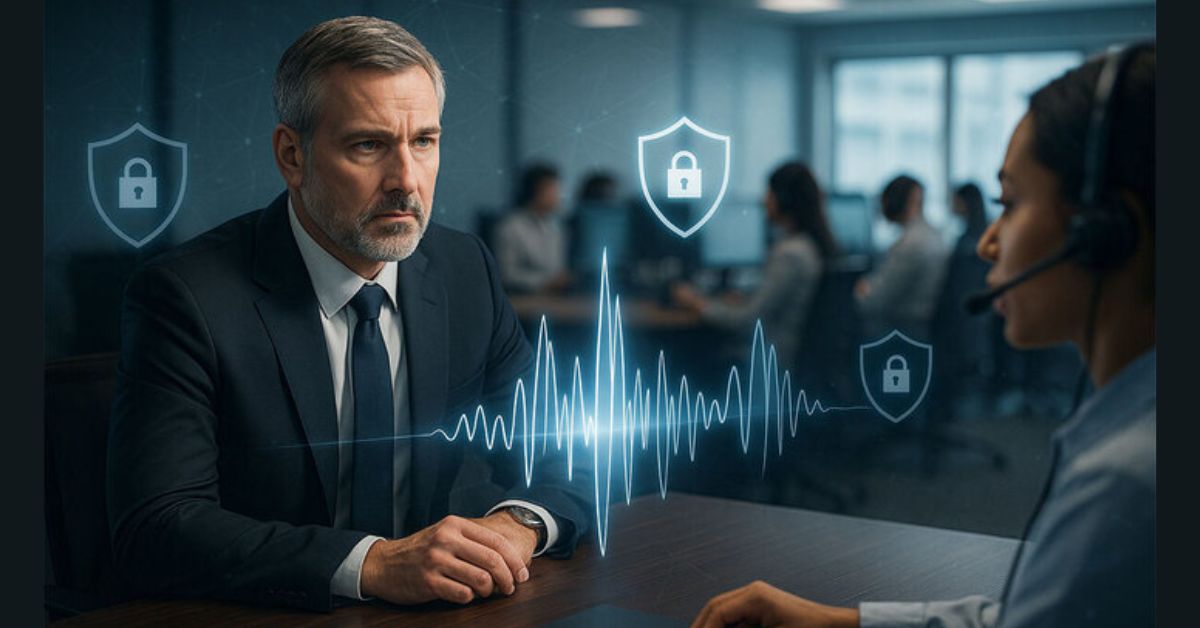Why Starting a Cybersecurity Startup in 2026 is Tougher Than Ever: Key Challenges and Solutions
January 2, 2025, 3 min read
Starting a cybersecurity startup in 2026 presents unique challenges aspiring entrepreneurs must navigate to succeed. Read this post and learn strategies to thrive in this evolving landscape.
Starting a Cybersecurity Startup: Key Challenges
Here are some key factors making the journey more demanding:
1. Intensified Competition
The cybersecurity market has become increasingly crowded, with numerous startups and established firms vying for market share. This saturation makes it difficult for new entrants to differentiate themselves and attract customers. Notably, many midsize cybersecurity firms struggle to survive due to their inability to scale and compete effectively.
2. Rapid Technological Evolution
The cybersecurity landscape is evolving unprecedentedly, with emerging technologies like AI and quantum computing introducing opportunities and threats. Startups must stay ahead of these developments, requiring continuous innovation and adaptation. For instance, AI-driven cyberattacks are becoming more sophisticated, necessitating advanced defense mechanisms.
3. Regulatory Complexities
Navigating the expanding web of cybersecurity regulations is increasingly challenging. Companies must comply with various federal, state, and industry-specific rules, which often have conflicting requirements. This complexity can be particularly burdensome for startups with limited resources.
4. Talent Shortages
The demand for skilled cybersecurity professionals continues to outpace supply, making it difficult for startups to build competent teams. This talent gap can hinder a startup’s ability to develop robust security solutions and respond effectively to threats.
5. Investor Scrutiny
While there is a strong demand for cybersecurity solutions, investors are becoming more cautious, seeking startups with proven resilience and scalability. The collapse of firms like IronNet highlights the importance of sustainable business models and sound financial practices.
6. Distractions and Focus
In today’s digital age, distractions are omnipresent, making it challenging for entrepreneurs to maintain focus on meaningful work. The pressure to be active on every emerging platform can divert attention from core business objectives. It’s crucial to find focus and think about your business and your customers rather than getting swayed by every new trend.
7. Emerging Threats: The Impact of Evolving Cybersecurity Challenges
As cyberattacks grow more sophisticated, organizations’ threats in 2025 are shifting dramatically. Startups must contend with:
- AI-Powered Cybercrime: Attackers now leverage AI for phishing, ransomware, and automated hacking, creating highly personalized and scalable attacks.
- Quantum Computing Threats: Quantum advancements threaten traditional encryption methods, pushing startups to innovate in quantum-resistant solutions.
- Supply Chain Vulnerabilities: With supply chain breaches rising, startups must prioritize securing third-party relationships and managing external risks.
8. Customer Expectations: Balancing Security and Usability
In 2025, customers demand security solutions that don’t compromise usability. Startups must tackle:
- Seamless Integration: Providing products that integrate effortlessly with existing systems while maintaining robust protection.
- Transparent Practices: Customers expect clear communication about protecting and using their data.
- Proactive Support: Offering real-time threat monitoring and instant remediation to build trust and loyalty.
9. Rising Operational Costs: A Barrier to Entry
The cost of running a cybersecurity startup has escalated due to:
- Advanced Tools: Developing or acquiring cutting-edge AI, blockchain, and quantum-resistant technologies requires significant investment.
- Compliance Expenses: Meeting global and regional regulatory standards involves substantial legal and operational costs.
- Skilled Workforce Premiums: Attracting and retaining top-tier cybersecurity talent often comes with high salaries and benefits.
Starting a Cybersecurity Startup: Strategies and Solutions
To gain traction in this crowded market, startups should focus on:
- Thought Leadership: Publishing insightful blogs and whitepapers and participating in industry conferences to establish authority.
- Niche Targeting: Concentrating on underserved markets or specific industries where your solution can impact most.
- Customer-Centric Marketing: Tailoring your messaging to address the specific pain points of your target audience, showcasing measurable results.
- Differentiation: Clearly define your unique value proposition to stand out in a saturated market.
- Agility: Foster a culture of continuous learning and adaptability to keep pace with technological advancements.
- Compliance: Invest in understanding and adhering to relevant regulations to build trust with customers and partners.
- Talent Development: Consider alternative talent strategies, such as training programs or partnerships, to mitigate the skills gap.
- Investor Relations: Build transparent and robust business models to instill confidence in potential investors.
- Focus Management: Prioritize tasks that align with your business goals and minimize distractions to maintain productivity.
By addressing these challenges with strategic planning and execution, cybersecurity startups can enhance their prospects for success in the competitive landscape in 2026.
Source: Inverstors.com, ithotdesk, WSJ, coruzant.




























